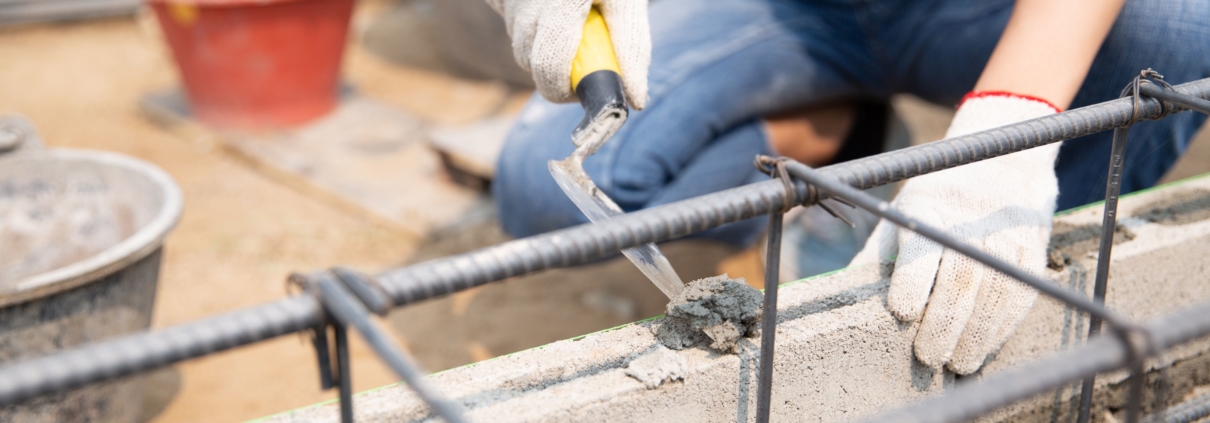3 Main Reasons Why Resorting to Parging Often Fails
Parging is a tried-and-true masonry technique used to conceal visible parts of your building’s foundation, mostly seen among residential properties. While you may think that it is essentially foolproof—especially since it should last for up to 30 to 50 years—most completed projects often don’t last as long, leading to major repairs. Fortunately for you, there have been identifiable mistakes that most amateur contractors make.
- Low-quality mix
As customary for many masonry applications, you need to have a high-quality mix to allow your bricks and other components to adhere effectively. Unfortunately, you may add too much water, which is often one of the most common causes of issues. It leads to low strengthening qualities, making the structure more susceptible to weathering. Aside from this, you may put in too much sand, which often yields the same results.
Besides water and sand amounts, a lack of chemical additives to ensure easier mixing can lead to a poorly made mixture. Thus, you should always measure your ratios for mixing and add more to balance out the yield.
Also, you have to be mindful of your mixing and air entrainment to keep the consistency favourable and ready for use. Due to all these factors, only experienced masonry tradespeople should make the mix to ensure proper yield without wasting resources.
- Parging material used is too old
Throughout the masonry process, you may be using old parging materials. In other words, you may have tampered with them too much instead of giving them ample time to work, which is 30 minutes to an hour. This timeframe is important because you need to let it set before working on the structure again. Otherwise, it can lead to a premature parging job, affecting the overall quality.
As such, it is recommended that the persons in charge of parging should be time-oriented to avoid overmixing. The tools used must also be quality-checked and given the seal of approval from an experienced masonry professional. Most importantly, you should be assured of a warranty or policy for repairs when something goes wrong.
- Temperature issues
As you may already know, most masonry contractors only perform major projects during fairly warm temperatures. It ensures that the structure cures in time. Thus, if you get into a situation wherein someone is willing to do parging during the winter, be skeptical about it because it is highly likely that it is a scam. A dramatic drop in temperature lets water seep into the parging material, which will freeze over then expand. As a result, you end up with cracked parging.
Another temperature issue you have to watch out for is during the summer months. It is because most mixes have chemical additives that react negatively with parging. In the end, you will have to call for a replacement coating by the end of the year as the heat prevents proper cement bonding. Thus, always plan a date ahead of time and coordinate with your masonry contractor to guarantee a successful parging.
Conclusion
As you can see, there are plenty of ways that parging can go wrong. Because of this, it would be best to prepare for this huge undertaking in advance and follow the appropriate procedures as carefully as possible. Meanwhile, if you know you don’t have the masonry skills, resources, and expertise to pull this off, simply contact our professionals to ensure you avoid all the formerly mentioned problems and other related issues.
Red Robin Masonry can provide you with the best parging services Toronto has to offer. We are your dedicated team of masonry professionals, allowing you to do major repairs and new construction projects for your needs and preferences. Request a quote today to have a better idea of our cost-effective solutions.




Leave a Reply
Want to join the discussion?Feel free to contribute!